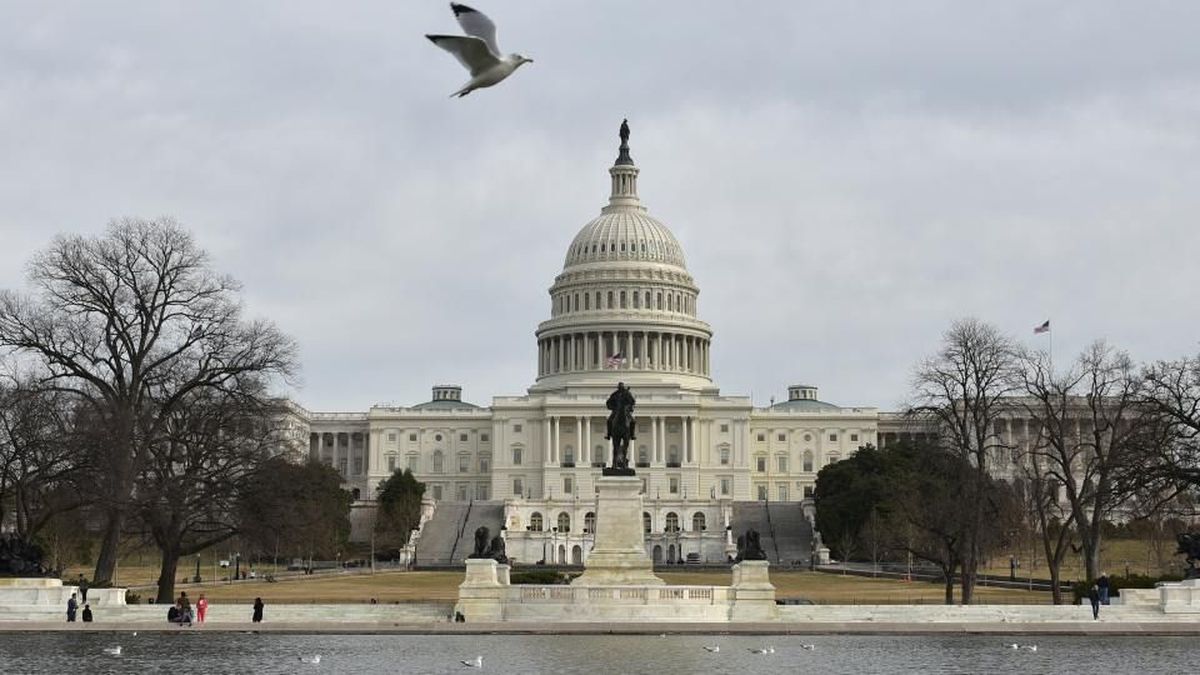Data from the Global Media Survey show that despite the current uncertain geopolitical landscape, improving global macroeconomic conditions appear to be driven by a strong U.S. economy and largely subdued global inflation. 66% of respondents expect an increase in profitability (+4 pp) over the next 12 months, and 55% expect to increase their sales prices (+3 points) over the same period.
What expectations do you have in Argentina?
When comparing local trends with variations in regional and global indices, wide differences are noted. However, The level of optimism in Argentina also increased, although to a lesser extent than the global average.: from 67% in the first quarter to 69% in the second.
The percentage of companies that foresee an increase in employment increased by 6 percentage points (35%) and the rate of increase in profitability remains at 33%.
image.png
Business sentiment was also influenced by aspects that have become more relevant in recent years and today impact the indices related to investment projections. These are those related to: R&D 36% (+11 pp) as well as to brand level (+13 pp – 35%); the sustainable initiatives (27%); the Delivery times and costs of shipping and receiving goods (41%); the dAvailability of raw materials and other inputs for production (28%).
“The results of the report indicate that the projections of Argentine businessmen are in line with the global perception, which is on the rise, with respect to market projections. It is worth highlighting that, in relation to the limitations for growth, issues linked to cybersecurity risks, as well as environmental issues and the scarcity of natural resources are presented as items to overcome,” he commented. Fernando FucciManaging Partner of Grant Thornton and International Business Center Director.
Fucci added“We are convinced that internationally focused companies must be resilient to ensure continued growth and development. In this sense, mid-market organizations have a unique advantage over their larger competitors: they are much more flexible in reacting to change. The IBR results show that leaders in this sector of the economy plan to adapt amidst the current global uncertainty by taking a differentiated approach to the evolution of supply chains and trade patterns.”
What do you think about the business climate?
Some expectations for businesses over the next 12 months were lower than in the previous period. As regards investment plans in staff skills, the downward trend continued, being considered by only 19% of respondents (-9pp) and the possibility of incorporating new machinery was down 23 percentage points (28%).
Regarding the limitations that the current reality of the country exposes, they highlight: Economic uncertainty (76%), bureaucracy (64%), lack of financing (63%), low demand for goods and/or services (56%), future shortage of orders (59%) and energy costs (52%)increasing by 2%, 5%, 21%, 32%, 29% and 9% compared to the first quarter of 2024.
In relation to the three questions of local situation, the managers and senior executives of Argentina shared their vision on:
What is the factor that has the greatest impact when making decisions?
He 68% of the Argentine professionals surveyed sees the inflation rate as the most relevant factor in this regard. For 15%, exchange rates have a more significant impact (+3%), as well as the wage increase rates required in their industry (8% equivalent to +5pp). Meanwhile, several of the reference values in this category decreased compared to the previous period: the target profit margin (-5%) and financial interest rates (-3%).
image.png

Consulted on the Talent attraction and retention strategies (image 2), 57% of Argentine executives say they offer training and professional development (+12 pp), 36% offer salaries above those of the market. Meanwhile, 29% rely on monetary rewards related to employee performance, 25% provide additional licenses/time off, 19% offer employee benefit programs, and 16% focus on providing improvements in physical and mental health programs.
Finally, in the current context of economic uncertainty (image 3), 40% of local respondents said that keeping their talents motivated and highlighting a corporate message to their clients highlights the company’s commercial success (+11 pp), while 20% base their communication strategy on the experience and know-how of their leaders (+4 pp). In parallel, 12% (-5 pp) highlight the financial stability of the firm in times of uncertainty (-6 percentage points) and 28% continue to base their messages on the collective value of teams and the know-how of employees (-9 pp).
In a global view, investments in different strategic areas
The latest IBR data reveals a remarkable resurgence of optimism in the middle market, reaching pre-COVID levels, despite ongoing global challenges. This resilience, driven particularly by strong performance in markets such as the US, underlines the adaptability and potential of middle market companies around the world.
image.png

The global race to innovate and stay competitive in an artificial intelligence (AI)-driven landscape remains a priority for business leaders. With a record high rate of 60%, Respondents expect to increase investment in research and development (R&D) (+5pp). Something similar occurs in information technology, where spending in this area is planned to be increased by 67% of respondents.
Closely followed by investment in people, with an increase at 59% in planning, highlighting that businesses recognise that AI cannot exist in isolation and requires a skilled workforce. Rather than replacing people with machines, a record 55% of business leaders plan to increase employment over the next 12 months (+6pp).
Sustainable initiatives are also gaining ground: 58% of leaders plan to increase investment In these, closely followed by everything related to planning and brand positioning (57%). However, the most substantial increases in investment intentions are observed in new buildings and facilities and machinery, both jumping to 52% (+7 and +6pp, respectively).
image.png

“Companies are now focused on strategic growth, driven by higher profitability expectations and a more favorable economic environment. The increase in international sales projections and unprecedented investment intentions signal a decisive change from the caution we observed in the previous quarter,” he said. Peter BodinCEO of Grant Thornton International.
This optimism is offset by concerns such as resource scarcity, geopolitical uncertainties and complex operational challenges. While companies are prepared to invest, they are seen to be doing so with a measured approach, carefully balancing growth ambitions with operational and financial prudence.
“As we navigate this complex landscape, agility and innovation are crucial. The green transition and technological advancements, particularly AI, will be instrumental in shaping the economic outlook. Our data suggests that mid-market companies are strategically positioning themselves to take advantage of these opportunities, recognizing the need to equip their workforce alongside technological investments,” the executive concluded.
Source: Ambito
I am Pierce Boyd, a driven and ambitious professional working in the news industry. I have been writing for 24 Hours Worlds for over five years, specializing in sports section coverage. During my tenure at the publication, I have built an impressive portfolio of articles that has earned me a reputation as an experienced journalist and content creator.




